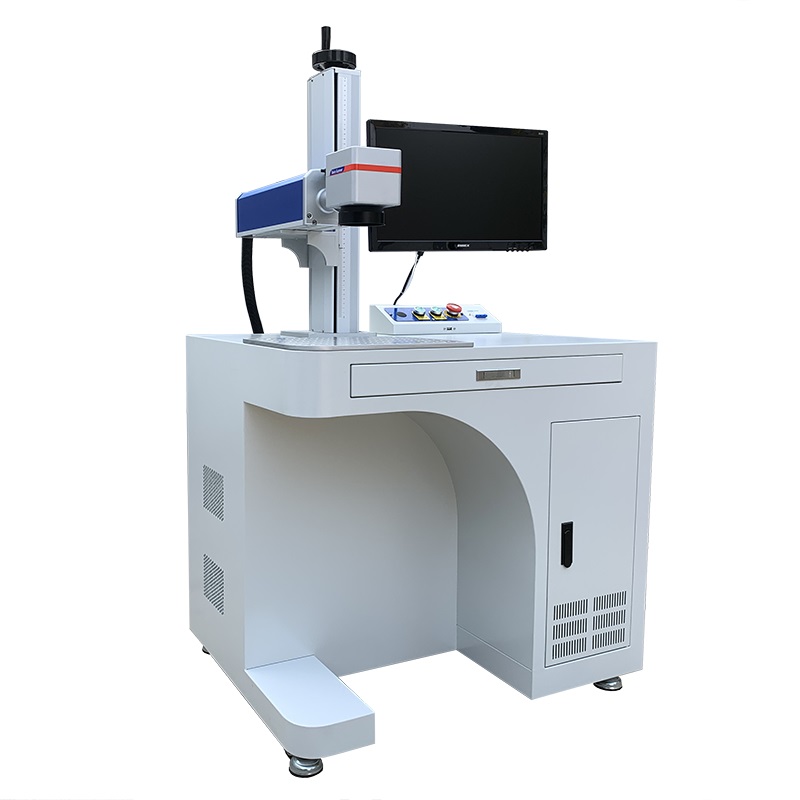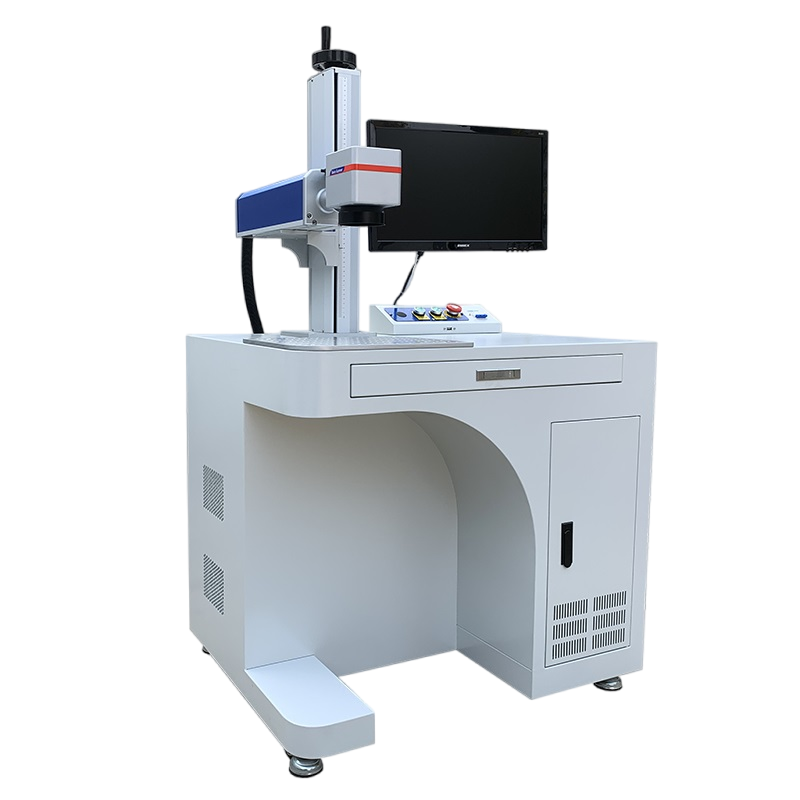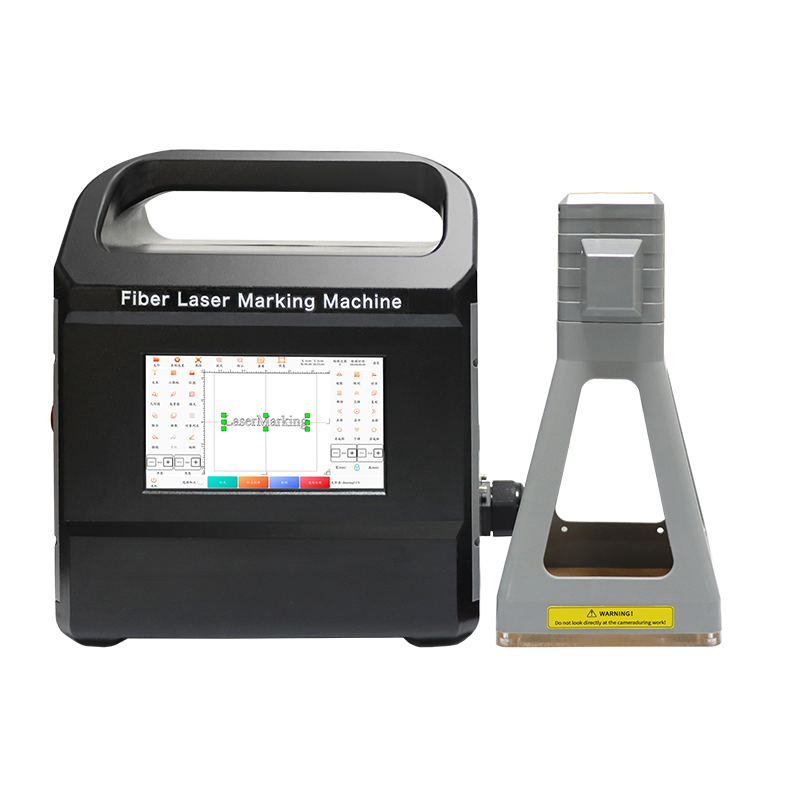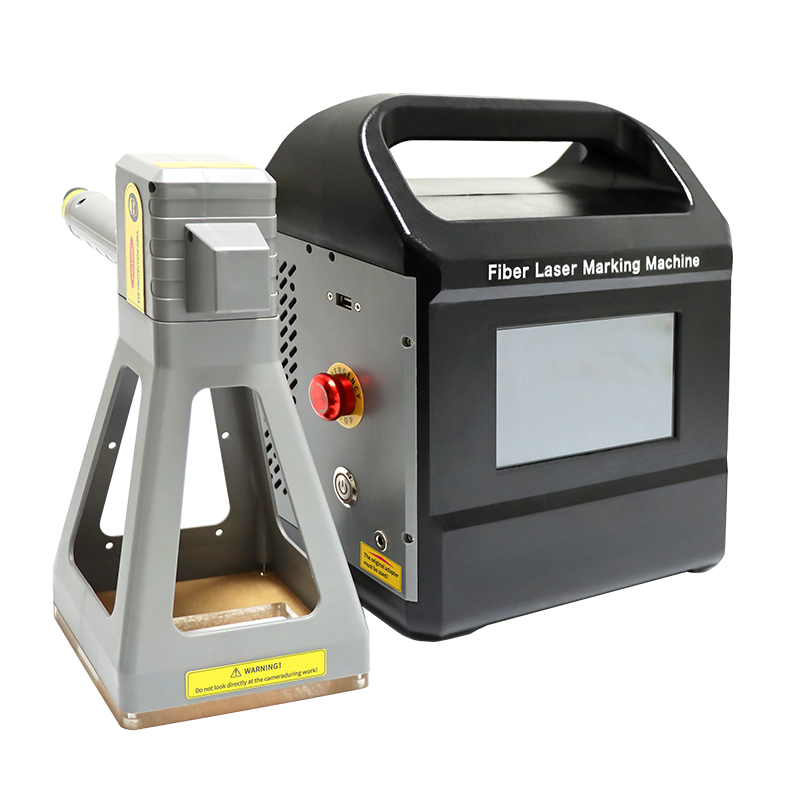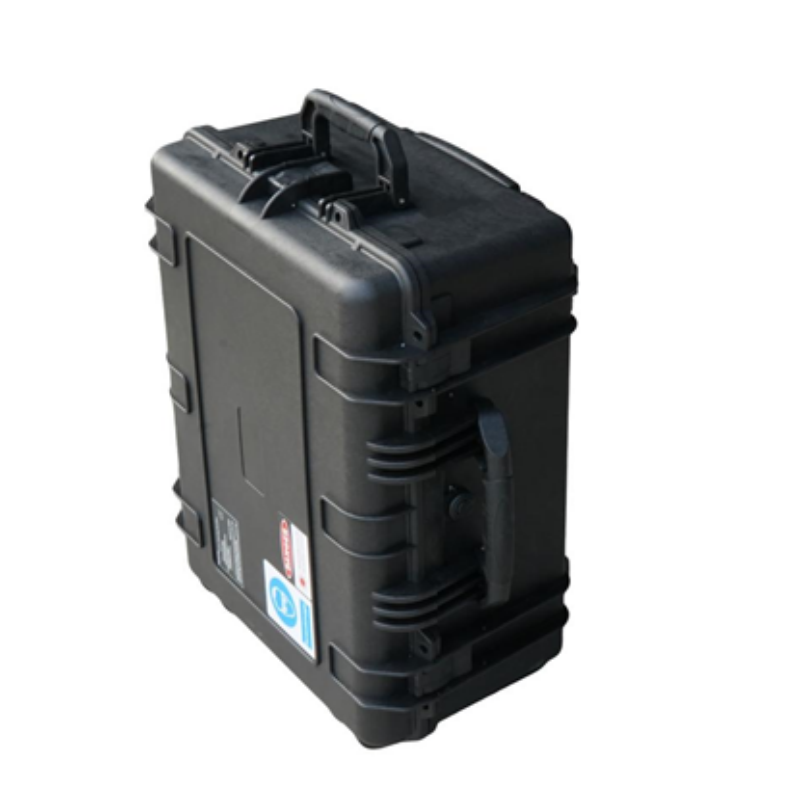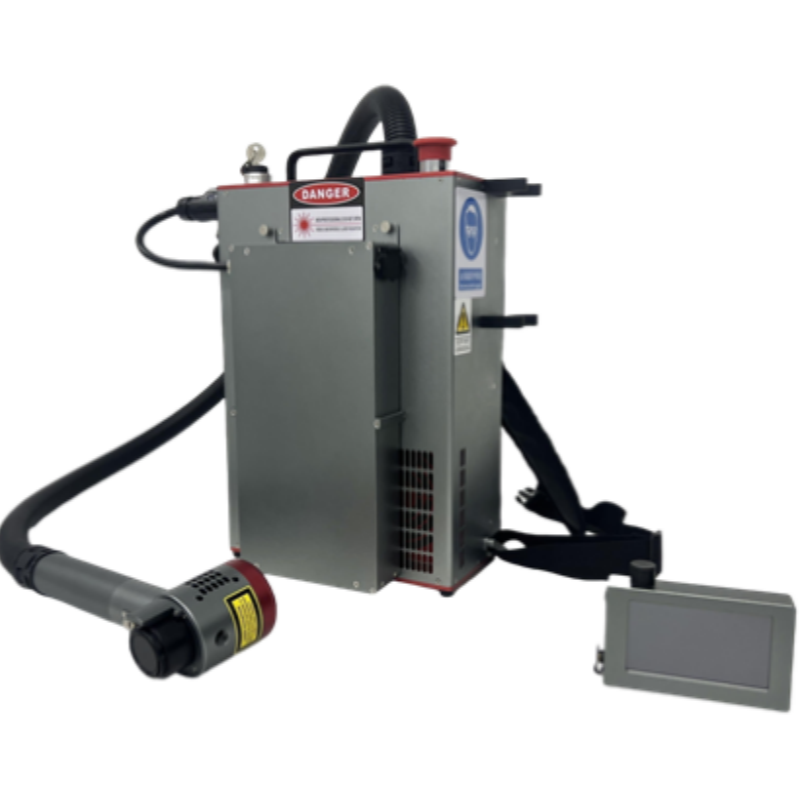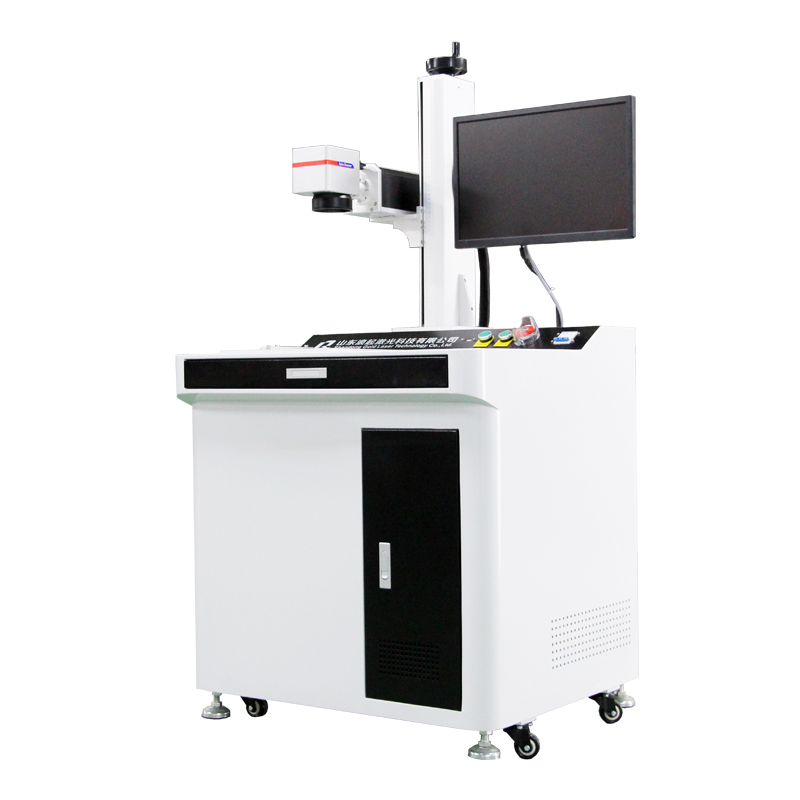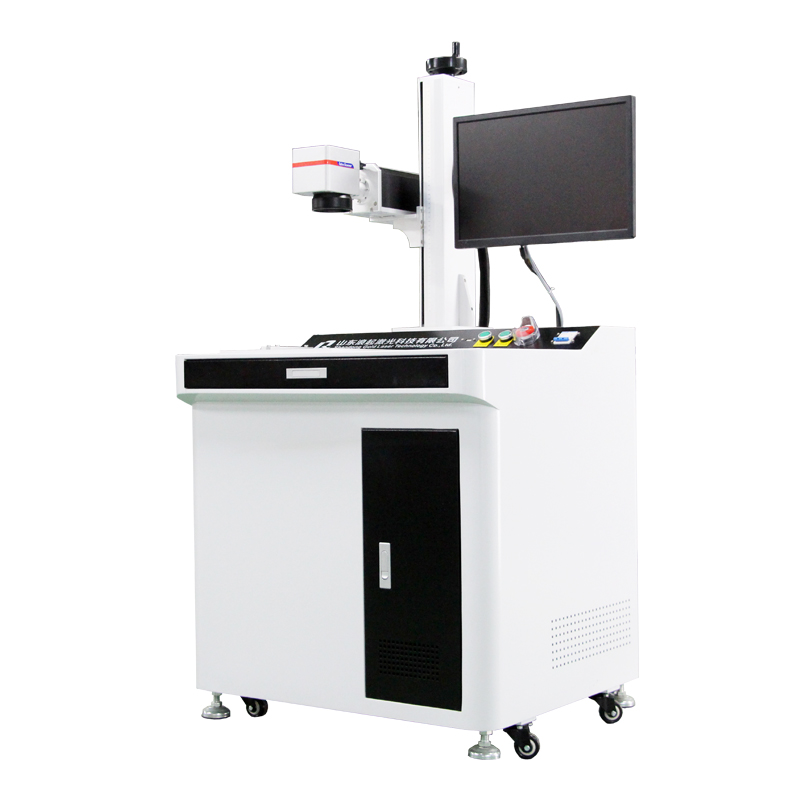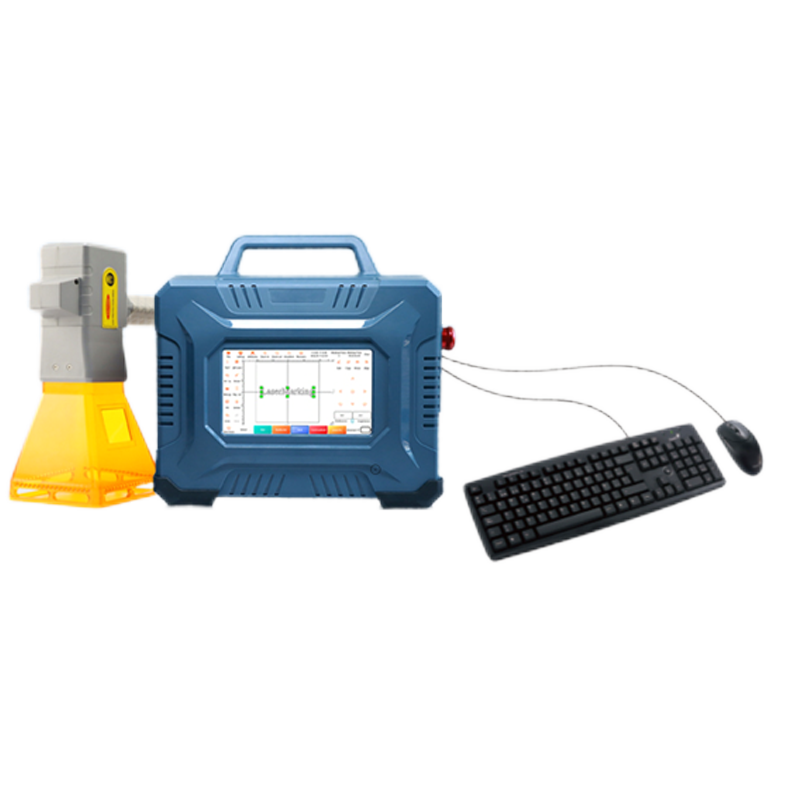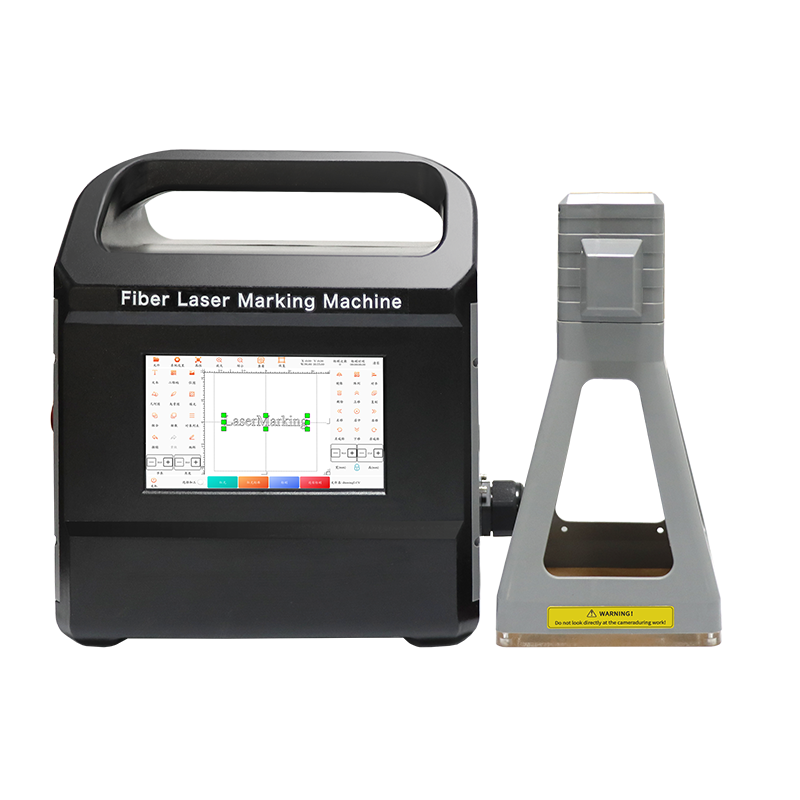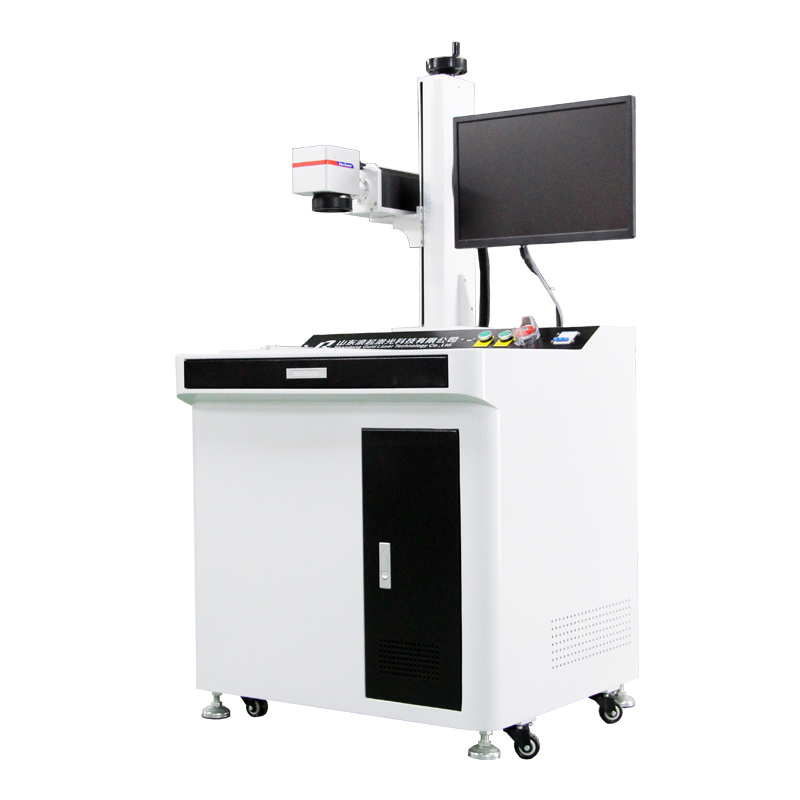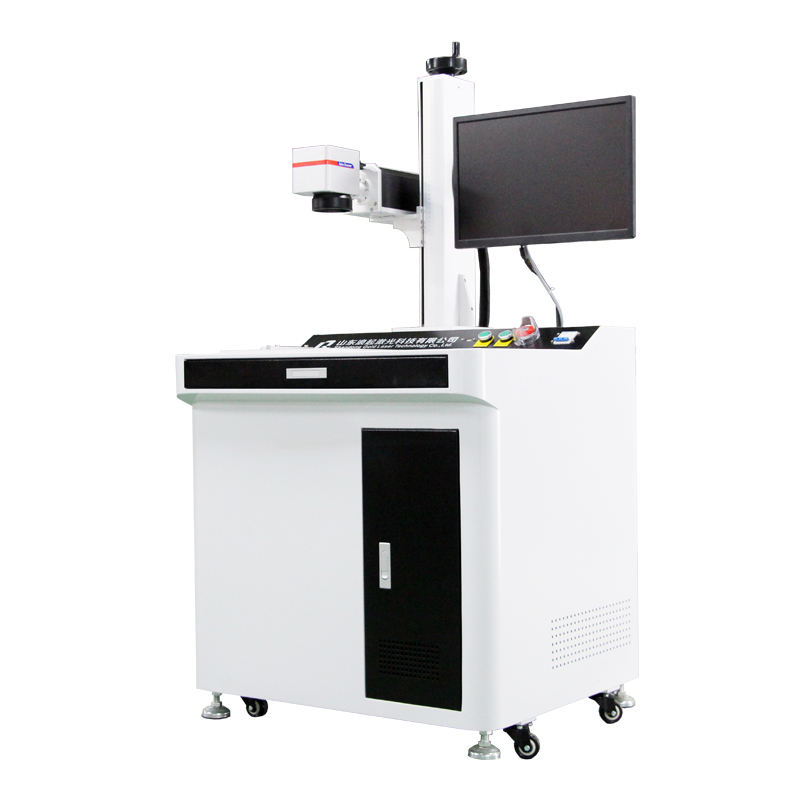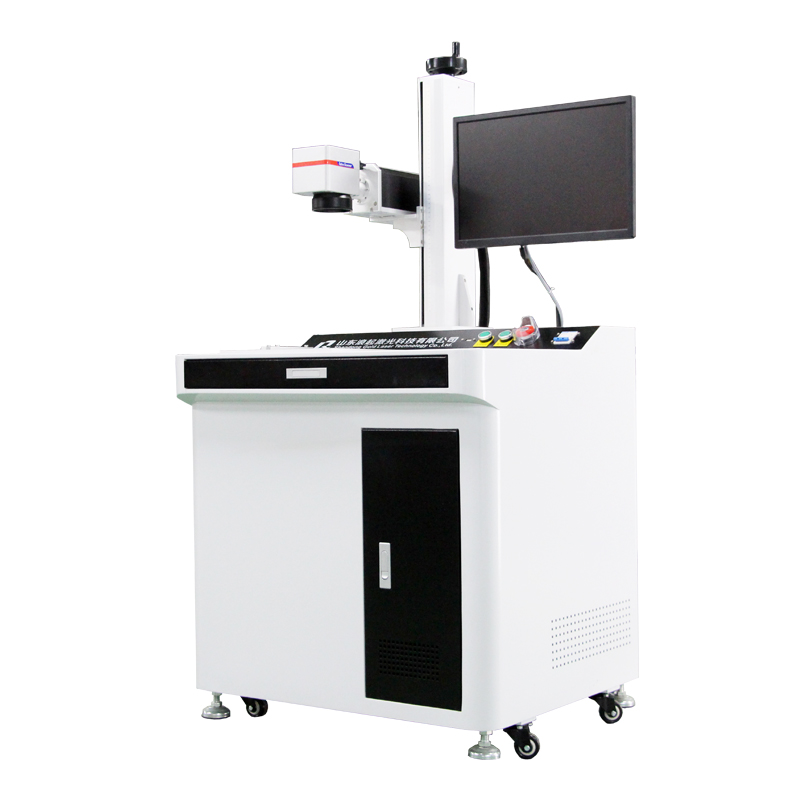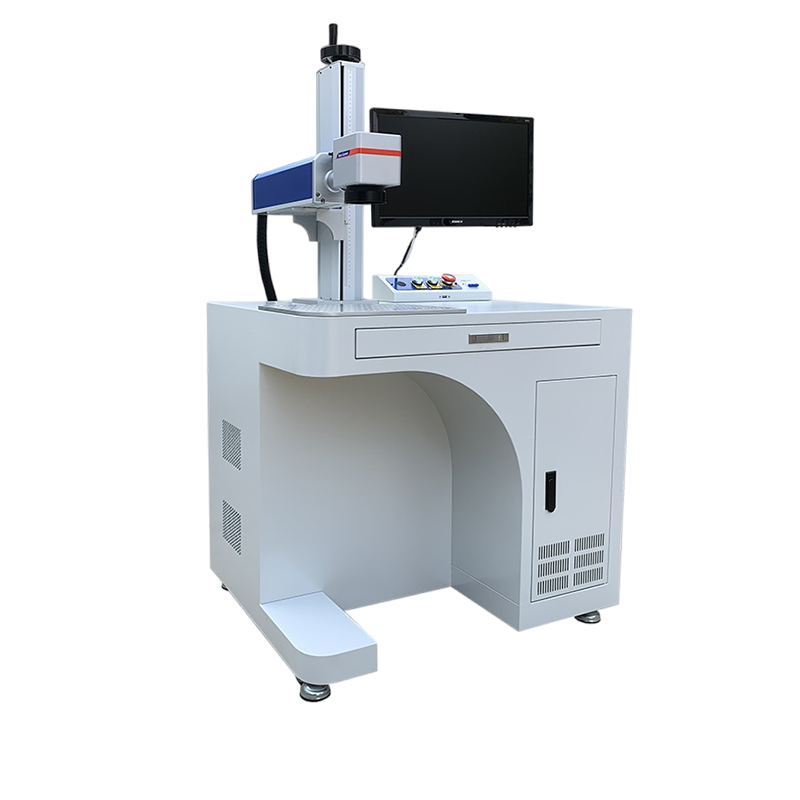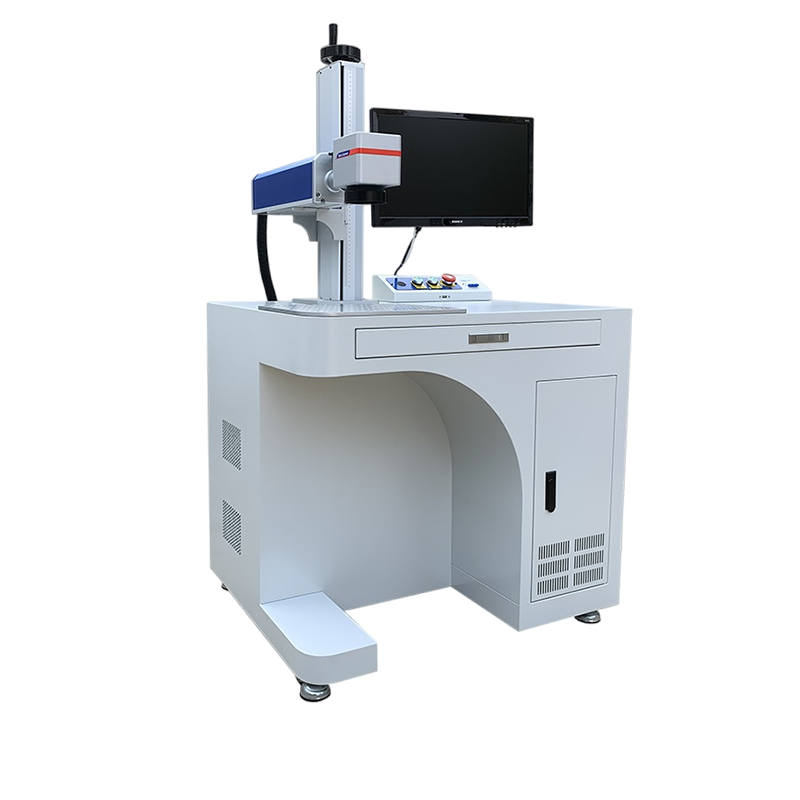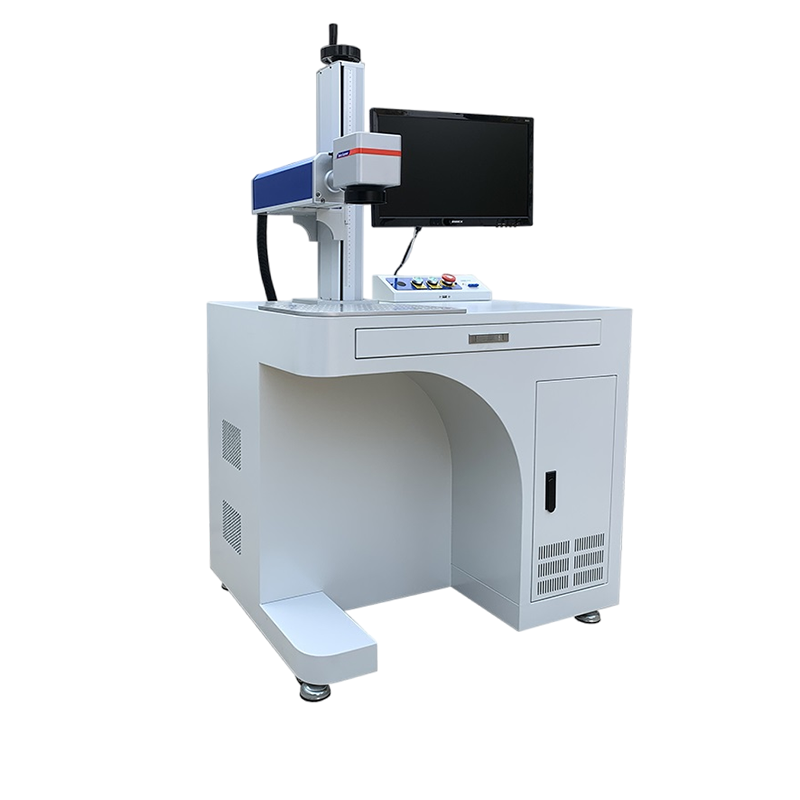Laser marking machines are widely used in various industries for precision marking, engraving, and etching. They can be categorized based on the type of laser source they use. Here are the common types of laser marking machines:
1. Fiber Laser Marking Machine
Laser Source: Fiber laser (1064 nm wavelength)
Best For: Metals (steel, aluminum, copper, brass), some plastics, and coated materials.
Applications:
Part serial numbers, barcodes, QR codes
Automotive & aerospace components
Jewelry and tool marking
Advantages:
High-speed marking
Long lifespan (100,000+ hours)
Low maintenance
2. CO₂ Laser Marking Machine
Laser Source: CO₂ gas laser (10.6 μm wavelength)
Best For: Non-metallic materials (wood, acrylic, glass, leather, plastics, rubber, paper).
Applications:
Packaging, food industry markings
Wood engraving & signage
Medical device labeling
Advantages:
Excellent for organic materials
Smooth engraving finish
3. UV Laser Marking Machine
Laser Source: Ultraviolet (UV) laser (355 nm wavelength)
Best For: Sensitive materials (plastics, glass, ceramics, silicone, PCB) requiring "cold marking" (minimal heat impact).
Applications:
Electronics (circuit boards, microchips)
Medical devices & pharmaceuticals
High-precision fine markings
Advantages:
No thermal damage to materials
High-resolution marking
4. Green Laser Marking Machine
Laser Source: Green laser (532 nm wavelength)
Best For: Highly reflective metals (gold, silver, copper), plastics, and sensitive materials.
Applications:
Jewelry engraving
Semiconductor & electronic components
Glass & crystal marking
Advantages:
Less heat dispersion
Fine detail marking
5. MOPA Laser Marking Machine
Laser Source: Adjustable pulse fiber laser (MOPA = Master Oscillator Power Amplifier)
Best For: Color marking on metals & plastics (e.g., stainless steel, anodized aluminum).
Applications:
High-contrast color engravings
Automotive & aerospace part labeling
Advantages:
Adjustable pulse duration for different effects
Can produce black/color marks on metal

